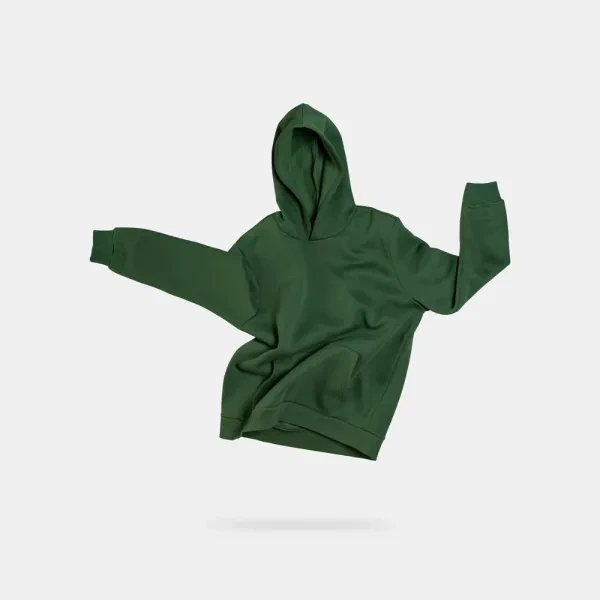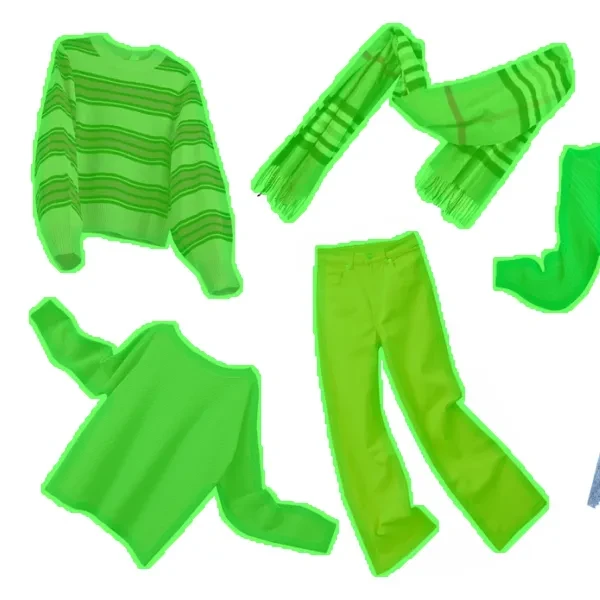Clothing Segmentation Dataset
Home » Case Study » Clothing Segmentation Dataset
Project Overview:
Objective
Our project’s primary goal is to revolutionize the fashion retail industry by developing a comprehensive Clothing Segmentation Dataset. This dataset aims to facilitate advanced image analysis and segmentation techniques, enhancing online shopping experiences, inventory management, and personalized fashion recommendations.
Scope
We focus on creating a dataset that accurately represents diverse clothing items, styles, and fashion trends. The dataset includes high-resolution images of various apparel, segmented into distinct categories, enabling precise image recognition and categorization in retail applications.




Sources
- Fashion Catalogs: Collection of high-quality images from various fashion catalogs, covering a wide range of clothing styles and categories.
- User-Generated Content: Aggregation of publicly shared fashion images on social media platforms, reflecting current trends and consumer preferences.
- Retail Inventories: Integration of images from online and offline retail inventories, ensuring a comprehensive dataset.



Data Collection Metrics
- Total Images for Pest Detection: 15,000 images
- Field Surveys: 8,000
- Research Institutions: 5,000
- Agricultural Databases: 2,000
Annotation Process
Stages
- Image Annotation: Annotate each image with labels indicating the type of pest or disease present, the affected crop, and the severity level.
- Metadata Logging: Log metadata, including the location, date of capture, and environmental conditions at the time of image capture.
Annotation Metrics
- Images with Pest and Disease Annotations: 15,000
- Metadata Logging: 15,000




Quality Assurance
Stages
Annotation Verification: Implement a validation process involving agricultural experts to review and verify the accuracy of pest and disease annotations.
Data Quality Control: Ensure the removal of images with poor quality or irrelevant content from the dataset.
Data Security:Protect sensitive information and maintain privacy compliance.
QA Metrics
- Annotation Validation Cases: 1,500 (10% of total)
- Data Cleansing: Remove poor-quality or irrelevant images
Conclusion
The “Data Labeling for Agricultural Pest Detection” dataset is a crucial resource for the agricultural industry. With accurately labeled images and comprehensive metadata, this dataset empowers the development of machine learning models and tools that can help farmers identify and manage pest and disease issues in their crops more efficiently. It contributes to the advancement of precision agriculture, enabling farmers to make informed decisions and reduce crop losses, ultimately enhancing food security and sustainability in agriculture.

Quality Data Creation

Guaranteed TAT

ISO 9001:2015, ISO/IEC 27001:2013 Certified

HIPAA Compliance

GDPR Compliance

Compliance and Security
Let's Discuss your Data collection Requirement With Us
To get a detailed estimation of requirements please reach us.
